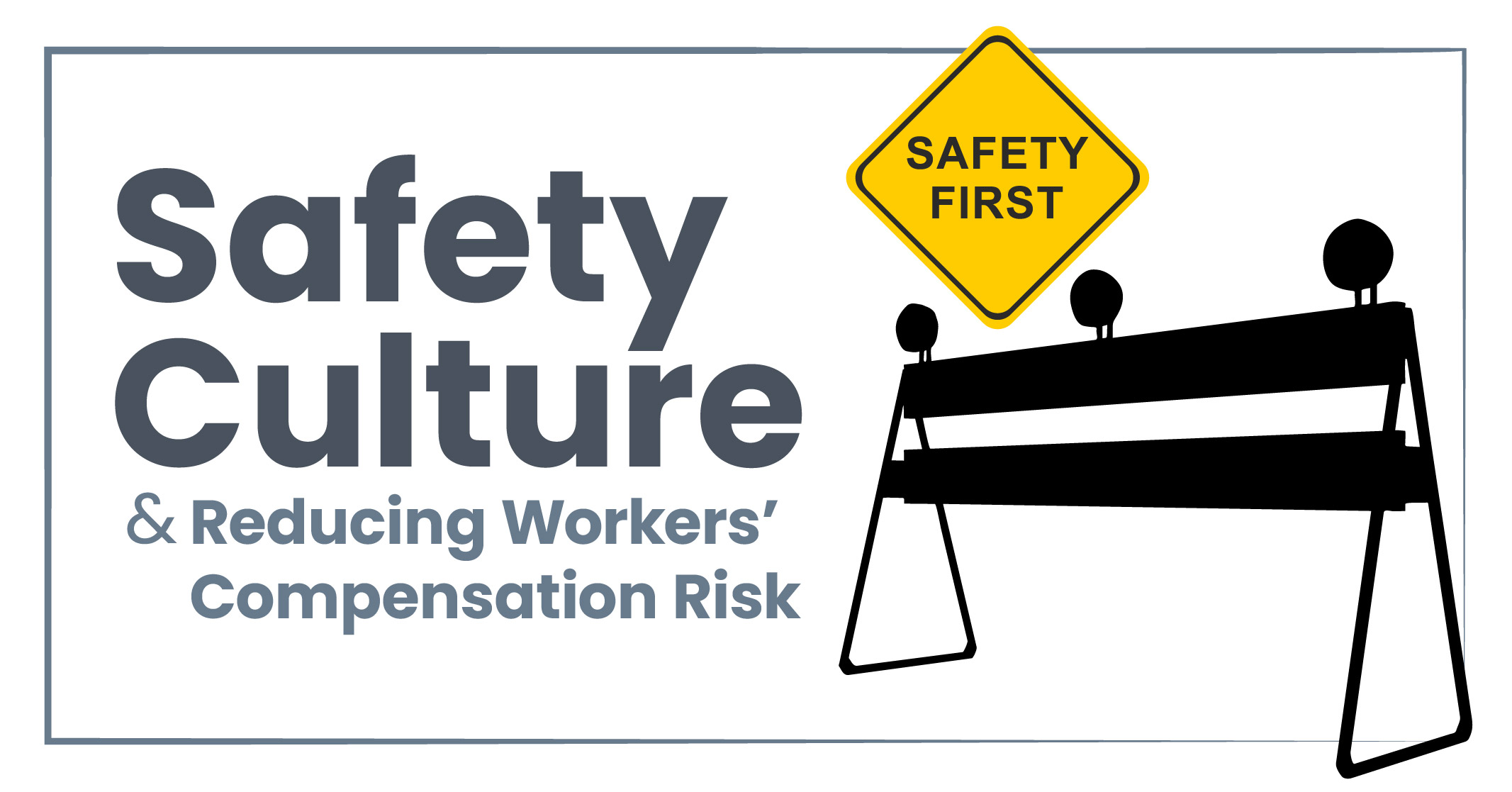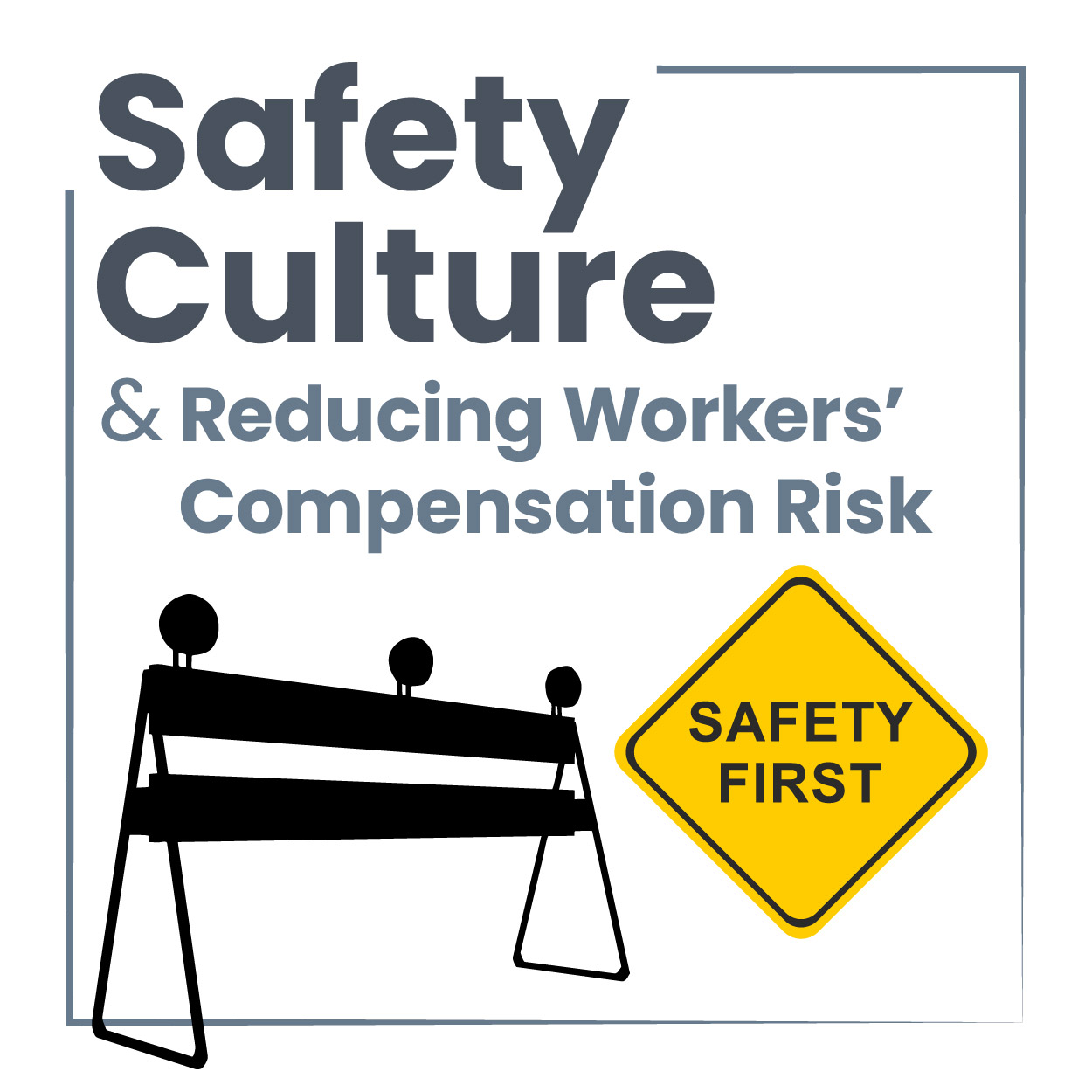
How Does Better Safety Culture Reduce Insurance & Workers’ Comp Risk?
Safe workplaces are good for employees and good for business. For insurance carriers and risk management professionals, better environmental health and safety (EHS) programs result in lower risk.
In the U.S., injury costs are on the rise. As we detailed in our whitepaper, “The ROI of Safety,” work injury costs were $170.8 billion in 2018, according to the National Safety Council. In 2019, they rose to $171 billion, an increase of $200 million.
Improved EHS programs can help workers stay safe, as well as improve morale and reduce absenteeism. Insurers can play a major role in helping companies improve their programs.
As an insurance risk management professional, assisting your clients to adhere to OSHA compliance and enact better EHS standards can help them lower safety and workers’ compensation costs. That helps both their business and your firm.
Plus, you can improve client satisfaction when companies feel like you have their best interests in mind. That can lead to more referrals and wins for your business.
That’s why, as “EHS Daily Advisor” reports, many insurers provide safety program guidance and resources to help their clients improve their programs.
Here’s what to know about the importance of safety culture. Learn how on-demand safety pros can help your business win and satisfy more clients.
What Influences Safety Culture?
A workplace culture that puts safety at the forefront relies on safety-focused processes powered by people who make safety a priority. That requires education, knowledge of industry best practices and the dedication to implement and enforce measures that keep employees safe.
Companies with a strong safety culture will prioritize safety standards above all else, including sales. Management will demonstrate safety best practices. There’s no cutting corners or bending safety rules to meet production goals.
Safety standards in a company with a strong safety culture will be communicated clearly and frequently. There will be a meaningful amount of visual safety reminders and physical copies of safety guidelines, as well as frequent safety trainings so employees can stay up-to-date on safety procedures.
A strong safety culture prioritizes leading indicators over lagging indicators. Instead of a business waiting for safety incidents to occur, and then reacting to them, companies with a strong safety culture proactively monitor leading indicators. Leading indicators include:
- Near misses
- Job safety analyses
- Number of safety refresher trainings and percentage of employees attending them
As OSHA states, a focus on leading indicators can reduce incident costs and prevent workplace injuries and illnesses. That benefits companies and the firms that insure them. In a workplace with a strong safety culture, every employee is responsible for maintaining a safe workplace. A positive safety culture is embraced from the top down, from executives to management to front-line employees. It’s also informed by the entire workforce, not strictly something management creates and enforces.
How a Lack of Safety Culture Increases Risk to Insurance Carriers
Companies that lag behind in safety culture standards increase their risk of workplace injuries and incidents. That poses a greater risk to the insurers who work with them, since workers’ compensation costs may be higher.
An improved safety culture can result in safer clients for insurers. But there are pain points involved with evaluating EHS programs and helping companies improve their safety culture. These include:
- Large geographic footprints: It can be difficult for insurers to efficiently meet with businesses throughout the country in a timely manner.
- Staff: Insurance carriers may be limited in assessing risk depending on how many employees they have who are available to travel and get the work done. Employee limitations may also result in rushed work and inaccuracies. Plus, insurers may not have the resources available to proactively offer guidance on how to improve safety programs.
- Speed: Factors like spread-out business locations and spread-thin insurance staff can impact the amount of time it takes for insurers to evaluate EHS programs and provide helpful recommendations. This can result in delayed service time and insurers losing business to competitors.
Issues like these can impact response time and risk analysis accuracy. This can result in inaccurate premiums for customers. Inaccurate premiums can cause client dissatisfaction and negatively affect your ability to write business efficiently.
So how can insurers and risk management professionals make better safety culture judgements and provide better recommendations to current and potential clients?
Insuretech Like YellowBird Can Help
Innovation in insurance technology can help insurers scale their businesses and services. Insuretech can help insurers reach more clients, more quickly and more effectively.
For example, YellowBird gives insurers access to a network of flexible, on-demand safety pros who can assess risk quickly and accurately. We have hundreds of EHS professionals across the country who are ready to work for your business. We match up EHS professionals who have the exact skills relevant to the industries and companies you need to evaluate.
YellowBird’s breadth and depth of knowledge when evaluating clients means you can meet with more clients and provide accurate premium assessments, taking safety culture into account. Instead of scrambling to find people with the capabilities needed to travel to clients around the country, simply book an EHS pro with YellowBird. We can work on your project within days, instead of weeks or longer.
It’s increasingly popular for insurers and risk management professionals to leverage the technology of third-party safety and compliance apps, like YellowBird. According to the 2020 Mitchell Work Comp Industry Survey, a poll of 100 workers’ compensation professionals:
- 20% of organizations are already using Insuretech
- 42% of organizations are likely to adopt advanced technology in the next 5 years
- Risk mitigation, safety and risk management, fraud management and determining compensation were all cited as reasons to use advanced technology
Using insuretech that meets your firm’s needs helps you stay competitive. YellowBird has the technology in place to help your company innovate its insurance services. We help insurers and risk management professionals facilitate:
- Safer workplaces
- Speed to worksites
- Accuracy in risk analysis and mitigation
- Specialized support, based on industry
All of these benefits can increase business for your firm and help you provide better service to clients. Watch this video to learn more about how YellowBird’s on-demand EHS pros can help. Get started with YellowBird today.





